Ever stopped next to a car with shiny wheels and wondered if those alloys actually do anything—or if it’s all just for show? You’re not alone. The hype around alloy wheels is real, but is it legit? Are they just a premium detail for people who like to flex at stop lights, or is there some real magic under all that polish? Let’s get into the facts, shed the marketing nonsense, and figure out if swapping your trusty steelies for alloys is a smart move or just another hole in your wallet.
The Science and Hype Behind Alloy Wheels
When people talk about alloy wheels, most mean wheels made mostly of aluminum, sometimes blended with small amounts of magnesium or other elements for extra strength. Here’s why car makers and enthusiasts have jumped on the alloy bandwagon: first off, they’re lighter than typical steel wheels. Lighter wheels don’t just make your car look cool; they change the way it handles, stops, and even accelerates. Drop a few pounds at each corner, and your suspension breathes easier, especially if you live somewhere with lots of twisty roads. Shedding even 5-10 pounds of rotating mass per wheel sounds like peanuts, but when every bit of unsprung weight affects grip and the way your car feels, it can matter a ton.
Why does this weight stuff matter? Well, less unsprung mass means your shocks and springs can keep the tires planted more easily. On real roads—think potholes, not racetracks—this means better ride quality and more predictable handling. Some drivers notice that sharp turns feel less floaty, and city drivers see smoother rides over rough asphalt. There’s also a small but real potential for fuel savings. Less weight means less engine effort, so you save a drop or two on gas in the long run, though don’t expect a miracle; most tests see maybe a 1-2% bump, tops.
Alloys also cool better. That matters for anyone who drives in hills or pulls a trailer—hot brakes fade faster, but alloys dissipate heat so your pads don’t get cooked quite as quickly. A car magazine back in 2023 tested steel vs aluminum wheels on a Toyota Camry and found brake temperatures stayed almost 50°F lower after repeated hard stops with alloys. Tiny detail, but in an emergency situation, that margin could make all the difference.
And of course, let’s talk looks. Most alloys are cast in wild shapes, with finishes that catch the eye—polished, painted, blacked out, even two-tone. If you want your ride to stand out, alloys smoke plain steel wheels, no contest.
But the hype isn’t all roses. Treating your car to alloys means you gotta face some unique headaches. They’re more prone to bending, scuffing, and cracking if you hit a nasty pothole. Repairs cost real money, and sometimes a damaged alloy’s just a paperweight. Corrosion is less of an issue compared to old school steelies that turn orange after a hard winter, but salt and curb rash eat away at poorly finished alloys too. The result? Unless you’re careful where and how you drive, alloys can run up your maintenance costs in a hurry.
For most regular drivers? You’re probably looking at more expensive wheels that do make your car look sharper and handle a tick better—but you won’t turn your ride into a sports car just with alloys alone.
Cost Breakdown: When Do Alloy Wheels Actually Pay Off?
So, let’s talk money, because new wheels are not cheap. If you’re upgrading “just because,” know that a basic set of alloys will start around $400 for something simple, while branded or custom wheels can leap into the $1,000+ zone, easy. That’s before tires, balancing, or installation. Some shops throw in free mounting, but others might charge $20–$30 a wheel. If your new alloys mean buying new tires too, those numbers add up fast.
But what about the famous resale value bump? Dealers and used car buyers do like to see nice alloys on a car versus rusty steelies with wheel covers. A study by Autotrader in 2023 found cars with factory alloy wheels listed for about 5% more than those with steels, all else being equal. But if you pick wild aftermarket alloys that clash with your car, you might actually put people off—or even reduce offers, since not everyone shares the same taste.
One spot where the cost pays off is winter. In ice and snow, steel wheels are usually tougher and cheaper to replace if you curb them—so lots of drivers swap back to steelies during salt season. If you’re in the camp that runs dedicated summer and winter tires, keep that in mind. Also, some fancy alloys can chip or pit quicker in salty slush. There’s a reason tire shops are filled every fall with people slapping ugly steels on their Audis and BMWs.
Repairs? Here’s the straight up: fixing a bent or cracked alloy costs about $90–$150 per wheel at a specialized shop, and severe damage might not be safely repairable at all. Refurbishing for cosmetic scratches runs $70–$150. Meanwhile, replacement steelies go for as little as $50 a pop, and basic cosmetic repairs are dirt cheap because they don’t have the intricate finishes of alloys.
Looking for insurance savings? Sorry, but swapping to alloys doesn’t get you a discount. In fact, tell your insurer, because some companies treat pricey aftermarket wheels as a modification that could hike your rates.
Ultimately, when do alloys truly make sense on your bottom line? If you care about looks and plan to keep a car a while, or the way your ride feels matters to you on fun roads, the investment can make sense. For drivers slogging through potholes or parking on city streets? The cost equation is way less clear-cut.
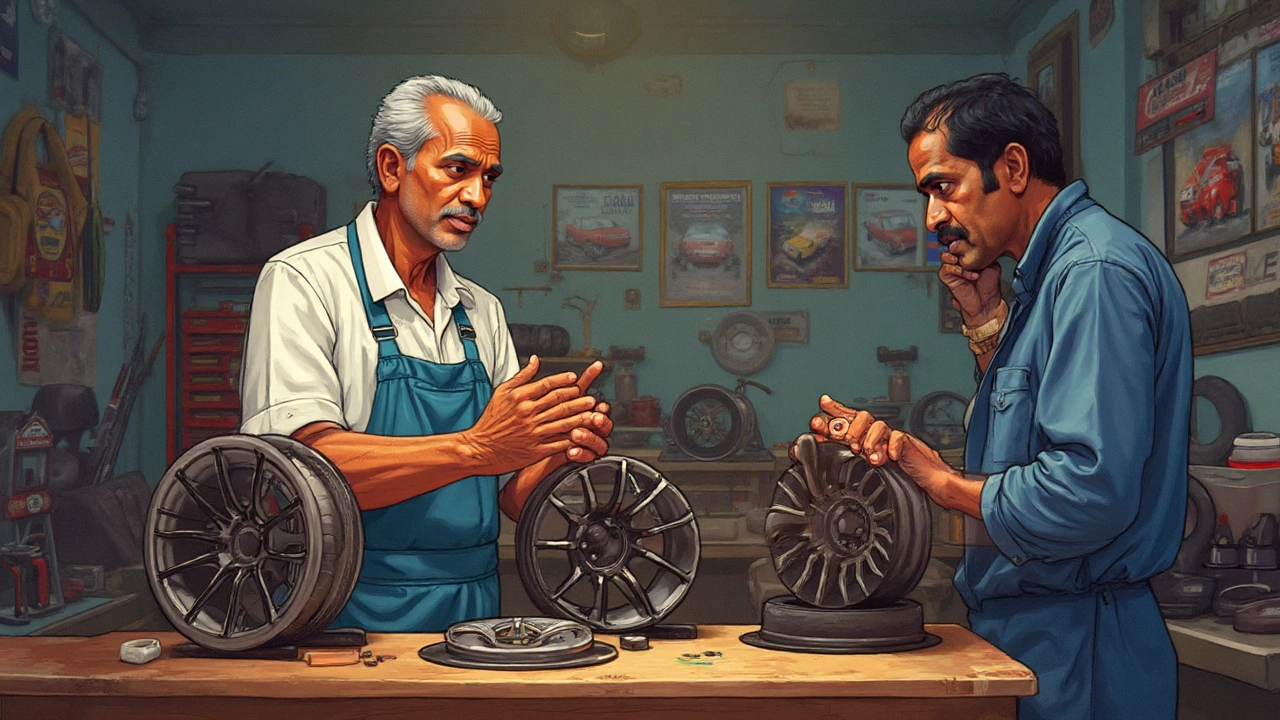
Real-World Performance: What You’ll Feel (And What’s Just for Show)
This is where the sales pitch gets tricky. Everybody likes the idea of a car that feels more direct and grippy, but is that what you’re actually buying? Alloy wheels do cut your car’s weight, right where it counts, but the real-world difference is subtle unless you’re swapping out some truly chunky steel wheels, or you’re a racer who lives on the edge of grip.
Still, the drive can change. Drivers switching from 16-inch steel wheels to lightweight 17- or 18-inch alloys sometimes report sharper steering and a car that seems to hug the road just a little harder in corners. There’s science at play—the lighter wheel spins up quicker, and loses less energy to wobbly flex. But if you go for huge wheels with tiny sidewalls (think of those 20-inch monsters on SUVs), you might end up with a rideshake that feels every bump, and tires that cost twice as much when they finally wear out.
Another plus? Customizing you car’s stance with alloys means you can fit wider or lower-profile tires. Wider tires can mean more grip for spirited driving, but they can also tramline (pull on rutted roads), make more road noise, and kill gas mileage if you go overboard. It’s a balancing act—performance, comfort, style. Pick two.
But don’t trust everything you hear from the guy at the wheel shop, or the flashiest accounts on Instagram. The differences are real, but they’re especially felt by folks who already care about how a car feels; for everyone else, day-to-day commuting may not turn into a driving nirvana overnight.
“The weight savings and heat conductivity of alloys make a difference—but just as important is picking the right size and design for your car. Big wheels may look cool, but they don’t always handle better.” — Sam Abuelsamid, principal analyst at Guidehouse Insights, quoted in a 2024 interview with The Drive.
There’s also theft to think about. Swanky alloys are catnip for thieves. Basic security bolts can deter opportunists, but seasoned crooks know all the tricks. Ask your tire shop for the best security kit, and check your lug nuts after every tire rotation—they’re the favorite target for anyone with sticky fingers in a public parking lot.
Modern alloys have gotten tougher. Back in the early 2010s, stories of wheels cracking at light bumps were everywhere. Now, most high-quality alloys (factory or reputable aftermarket brands) are pressure-cast or forged, meaning they’ll take a bigger hit than knock-off wheels from a shady online vendor. Always buy from a name you trust, and check load ratings—especially for trucks and SUVs.
Don’t forget about tire pressure monitoring systems (TPMS). Buying new wheels? Make sure the sensors will fit, or get ready to fork out extra for new ones—most cost about $50 each.
Tips for Choosing and Caring for Your New Alloys
If you still want alloys after all the details above, there are ways to make the leap without headaches. First, don’t buy wheels just for their looks—fit matters more. Wheels must match your car’s bolt pattern, center bore, and offset. Mess that up, and you’ll wreck more than your wheel wells. Every wheel box will list specs—double check with your car’s manual or a reputable wheel site before you spend a dime.
When it comes to brands, stick to names you’ve actually heard on the road. Big brands go through real safety tests, while fly-by-night internet deals can look great—but bend or break just as easily. If the price sounds too good for what’s in the box, that’s a big red flag. Ask for ratings: JWL, VIA, TUV—these certifications mean the wheel passed some kind of third-party test.
Care is a daily thing. Even though alloys resist rust, they’re not immune to road salt and brake dust. Rinse your wheels weekly, especially in winter. Use a gentle wheel cleaner—nothing acidic—and never grab steel wool or a wire brush (unless you want your wheels to look older than your grandpa’s toolshed). Microfiber is your friend here. If you manage to curb-rash your wheels, hit a professional repair shop sooner rather than later. Leaving the scratches exposed can lead to slow corrosion, which just makes future repairs harder and uglier.
Tire pressure matters. Even a few PSI off means a bigger risk of bending a rim on a monster pothole. If you hit a bump and your steering wheel starts shaking, get your wheels checked ASAP. Bending is more common than most drivers think, and driving on a bent wheel can mess up your tires and suspension quickly.
And those winter swaps—don’t feel bad about running steel wheels in the salt season, then bolting the alloys back on come spring. That’s how loads of car nuts in snowy areas do it. It saves your fancy wheels for the sunshine months, which keeps them looking fresh for years.
If you decide to sell, keep your original steelies (yep, the ones you replaced). Some buyers want their cars with stock wheels for that “all-original” value. Store them carefully, and you’ll make your life way easier when it’s time to offload your ride.
Wrapping it up: alloys aren’t magic, but they do add style, shave weight, and—handled right—can sweeten your ride. Just walk in with both eyes open, do the math, and focus on fitment and safety before looks. If you blend smart choices with regular care, alloy wheels can be a solid upgrade that you’ll actually notice every time you roll out of the driveway.

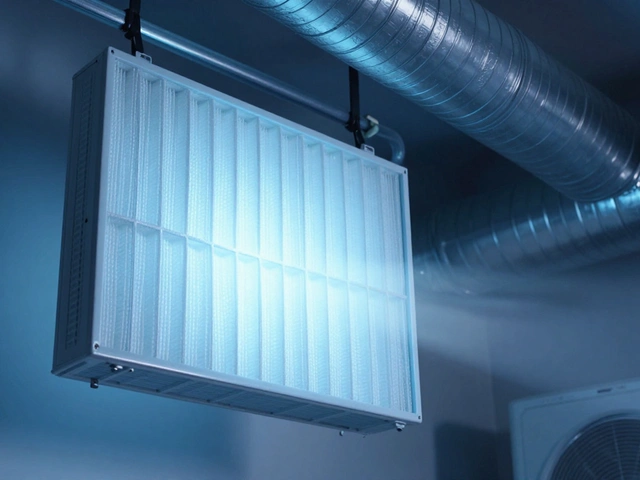
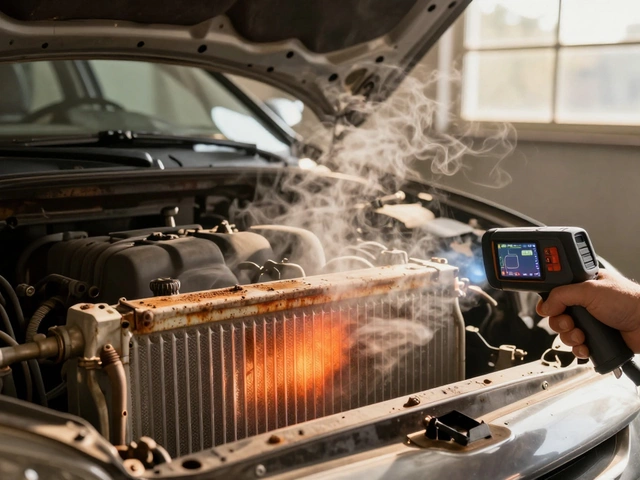


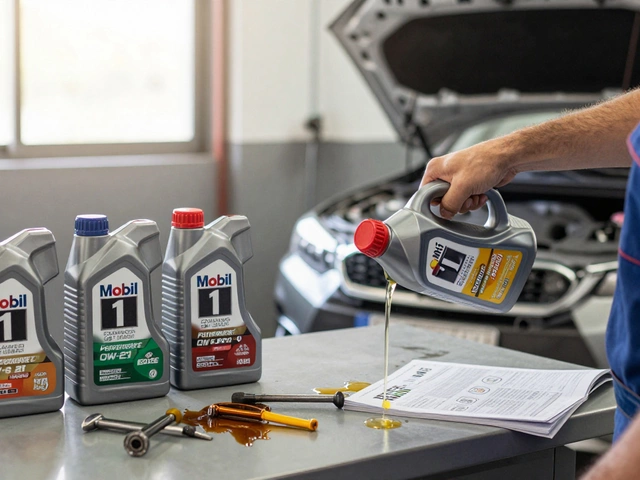



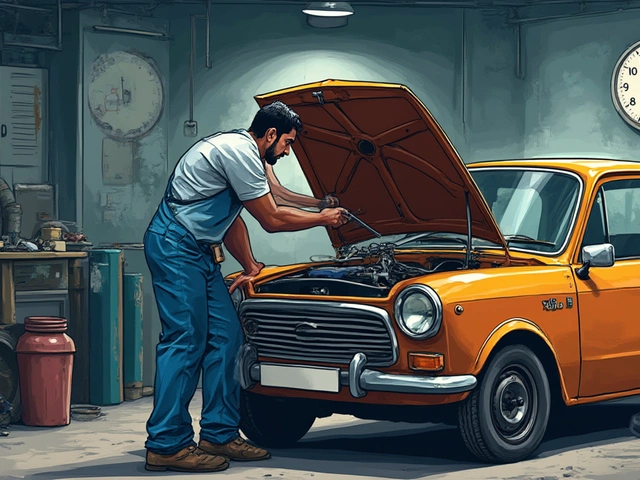

Write a comment